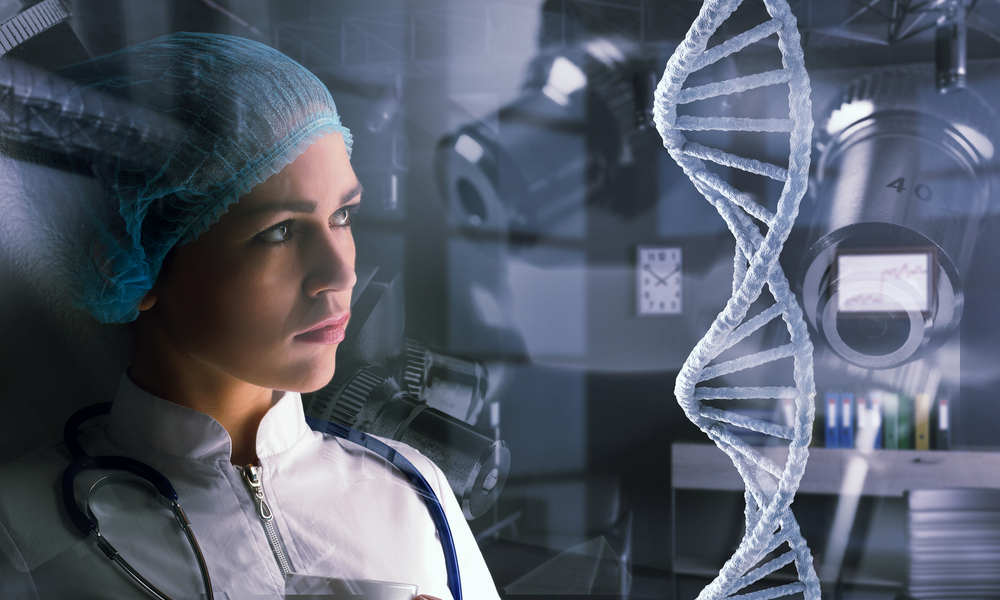Researchers Grow Healthy, Functional Human Muscle from Stem Cells, New Study Shows
Written by |

Duke University biomedical engineers created fully functional human muscle from stem cells for the first time, according to a new study. This landmark advancement opens up new avenues for the treatment of conditions related to muscle degeneration, such as Charcot-Marie-Tooth disease.
The study, “Engineering Human Pluripotent Stem Cells Into a Functional Skeletal Muscle Tissue,” appeared in Nature Communications.
Scientists used induced pluripotent stem cells, which can be generated from adult skin or blood cells. The primordial cells are called pluripotent because they can potentially produce any cell or tissue in the body.
The findings add to a 2015 study from the same research team that showed growth of the first working human muscle from cells collected from muscle biopsies. These cells were already beyond the stem cell stage, but were not mature muscle fibers yet.
“Starting with pluripotent stem cells that are not muscle cells, but can become all existing cells in our body, allows us to grow an unlimited number of [muscle-derived] progenitor cells,” Nenad Bursac, a professor of biomedical engineering and the study’s senior author, said in a press release. “These progenitor cells resemble adult muscle stem cells called ‘satellite cells’ that can theoretically grow an entire muscle starting from a single cell.”
Upon stimulation with a molecule called Pax7, the stem cells started transforming into muscle. They first became very similar to adult muscle stem cells, which are intermediate cells before generation of functioning skeletal muscle. Bursac’s team was the first to be successful in this last step.
“It’s taken years of trial and error, making educated guesses and taking baby steps to finally produce functioning human muscle from pluripotent stem cells,” Lingjun Rao, the study’s first author, said. “What made the difference are our unique cell culture conditions and 3-D matrix, which allowed cells to grow and develop much faster and longer than the 2-D culture approaches that are more typically used,”
When the muscle generation was at full-speed, the scientists stopped providing Pax7 and created the appropriate support and nourishment conditions the cells needed to fully mature.
The results showed that the new muscle cells form fully functional fibers that contract and react to external stimuli after two to four weeks of culture.
In addition, the newly-generated muscle fibers were implanted into adult mice, where they were able to survive and function for at least three weeks, with progressive integration into the native tissue. However, the new muscle is not as strong as native muscle tissue. The researchers are now attempting to generate more robust muscles.
The stem cell-derived muscle fibers do, however, develop reservoirs of “satellite-like cells,” which are required for the repair of healthy muscles. This ability, as well as a far superior generation of muscle cells, are advantages over the 2015 method.
Besides a significant boost in the growth of muscle cells, using stem cells may also enable a series of therapies for muscle-related diseases. It may also help create tailored models of rare muscle diseases, such as CMT and muscle dystrophies, to develop efficient medications.
“The prospect of studying rare diseases is especially exciting for us,” Bursac said. “With this technique, we can just take a small sample of non-muscle tissue, like skin or blood, revert the obtained cells to a pluripotent state, and eventually grow an endless amount of functioning muscle fibers to test.”




